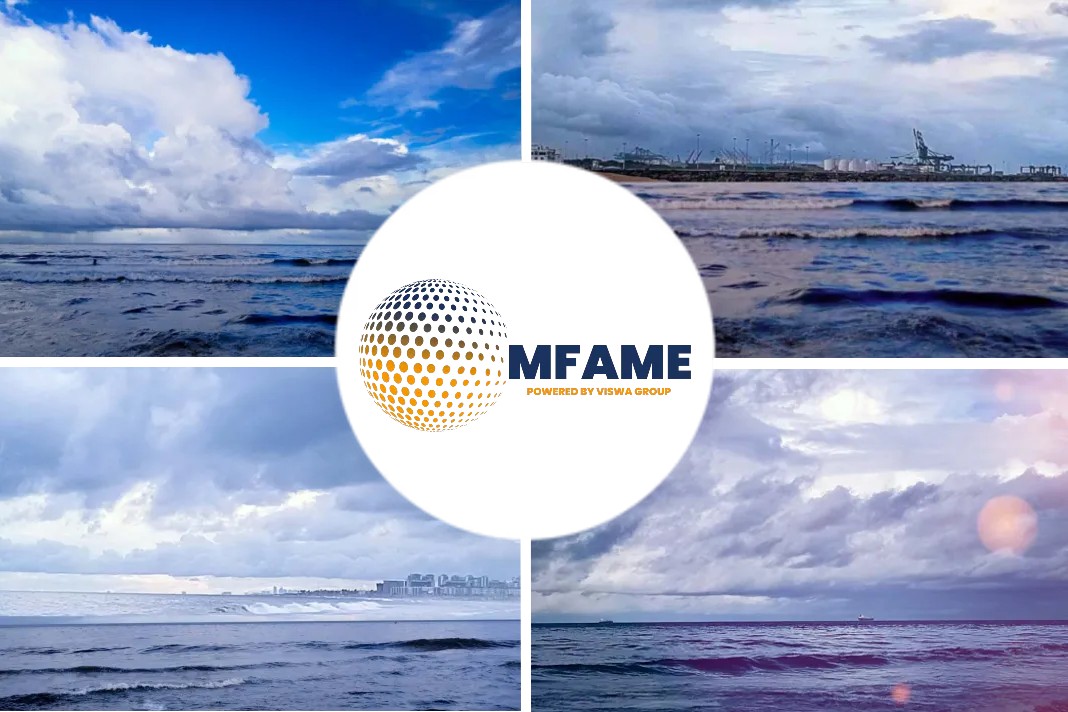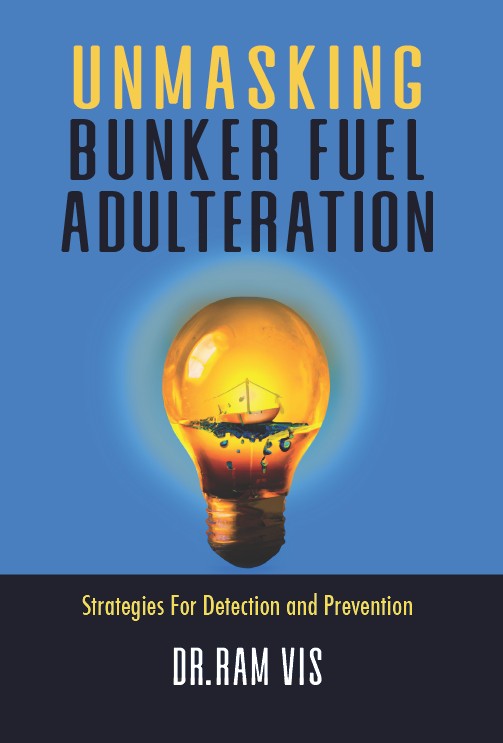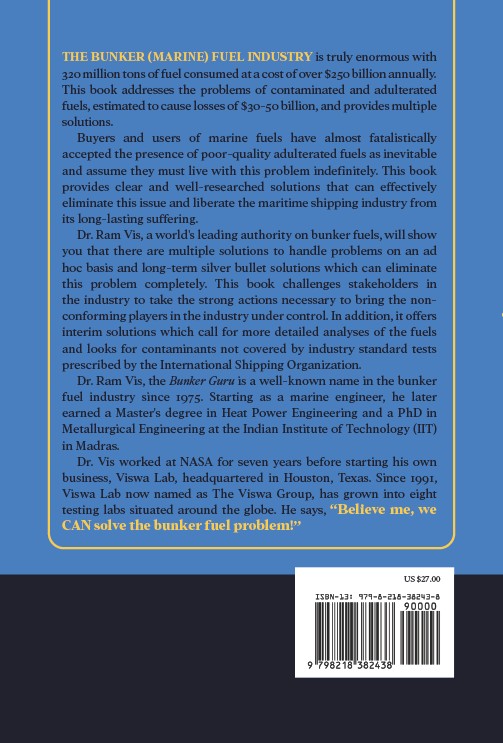
- Highlighting recent findings by SSY and Clarksons, which indicate that assumptions of fuel savings at the lower end of ship speed have been overstated.
- PortXChange has had its own successes at Rotterdam, claiming a 20% reduction in CO2 emissions and a 15% decrease in NOx emissions from ships.
- Meanwhile experts have expressed concern that CII will have an adverse impact on feeder trades, which are pivotal to any effort to reduce CO2 emissions from transport.
Cleaner shipping should be powered by port optimisation, rather than the currently favoured slow-steaming strategy for reducing ship emissions and navigating the IMO’s CII regulation. So says PortXChange, a port-call optimisation spin-off from the Port of Rotterdam Authority.
Cleaner shipping
Highlighting recent findings by SSY and Clarksons, which indicate that assumptions of fuel savings at the lower end of ship speed have been overstated, compared with real-world findings, PortXChange said they “challenge the assumptions underlying the International Maritime Organisation’s Carbon Intensity Indicator regulation”.
“Go below 9/10 knots and you may actually get the inverse effect, increasing emissions per tonne-mile,” said Simpson Spence & Young (SSY) head of research Roar Adland last month.
Port Optimization
Instead, PortXChange is pitching port call optimisation to reduce emissions from ships. Because vessels must run their generators while alongside, or while waiting in a queue, it is thought that major reductions in total CO2 emissions could be made by increasing the speed of port operations.
PortXChange has had its own successes at Rotterdam, claiming a 20% reduction in CO2 emissions and a 15% decrease in NOx emissions from ships in the port using its PortXChange Synchronizer tool.
This is an advanced scheduling system which aligns port services, including bunkering, unloading and ship services, to shorten each port stay.
Benefit of digitalization enabled
PortXChange also touts the benefits of optimising arrival times. According to some studies, the benefit of digitalisation-enabled, so-called ‘smart steaming’ could add up to an enormous 24% of ship emissions.
The practice refers to the idea of dynamically slowing down or speeding up vessels on approach to a port to optimize their time of arrival and eliminate queueing.
Encompassing entire logistics chain
“As the industry navigates these complexities, there is an urgent call for holistic approaches encompassing the entire logistics chain, with ports playing a pivotal role in achieving emission reduction targets,” said PortXChange.
CII impact
Indeed the employment of slow-steaming in recent weeks has arguably had less to do with a desire to reduce CO2 emissions, than with attempts to soak up overcapacity, from a vessel-ordering spree during the pandemic, at a time of drastically diminishing demand.
Meanwhile experts have expressed concern that CII will have an adverse impact on feeder trades, which are pivotal to any effort to reduce CO2 emissions from transport.
Peter Sand, Xeneta chief analyst, told The Loadstar recently that unduly penalising feeder ships, which are increasingly overlooked at shipyards thanks to the CII, will cause some ports to become “…less connected and potentially moving some shippers into inland transport from hubs, rather than feeders… much less efficient than container shipping”.
Did you subscribe to our Newsletter?
It’s Free! Click here to Subscribe.
Source: The Loadstar


























